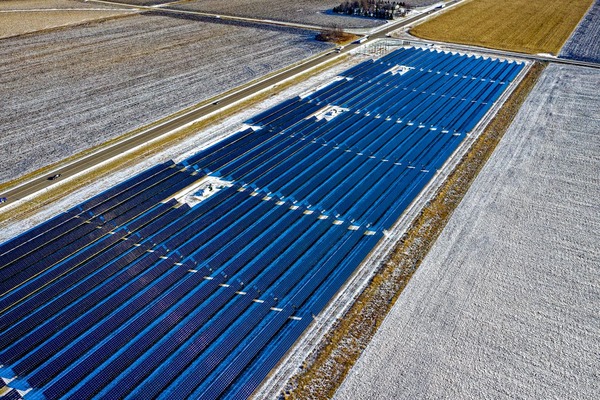Oman has taken another step in renewable energy development by inaugurating two large-scale solar power projects, Manah 1 and Manah 2, in the Wilayat of Manah, Governorate of Al Dakhiliyah. These plants, spanning 14.5 million square meters, bring a combined capacity of 1,000 megawatts to the country’s energy grid.
The projects utilize advanced technology, with more than two million bifacial solar panels installed to capture sunlight from both sides, maximizing energy generation. To maintain efficiency, around 1,800 automated dry-cleaning robots operate across the sites, removing dust from the panels without using water which is a key approach to minimizing resource use.
Manah 1 and Manah 2 are expected to generate enough electricity to supply power to approximately 120,000 homes annually. They will also reduce Oman’s carbon emissions by 1.4 million tons each year. With these additions, renewable energy now accounts for 11 percent of Oman’s electricity production, compared to 6.6 percent previously. This supports Oman’s broader aim to achieve carbon neutrality by 2050.
The development of these solar facilities is the result of public-private collaboration. Oman Power and Water Procurement Company (part of Nama Group) led the procurement process and acts as the sole buyer of the electricity generated. Manah 1 was developed by Wadi Noor Solar Power Company, along with France’s EDF Renewables and Korea Western Power Co. For Manah 2, Sembcorp Industries of Singapore partnered with China’s Jinko Power.
In addition to solar energy, Oman has been working on other renewable energy projects. The Dhofar Wind Power Project, with a capacity of 50 megawatts, supplies electricity to around 16,000 homes and is Oman’s first large-scale wind farm. Green hydrogen production is also being explored, with projects like HYPORT Duqm, which aims to establish Oman as a key player in the global hydrogen market.
These efforts reflect Oman’s gradual shift towards integrating sustainable energy solutions while addressing growing electricity demands and reducing reliance on traditional energy sources.


